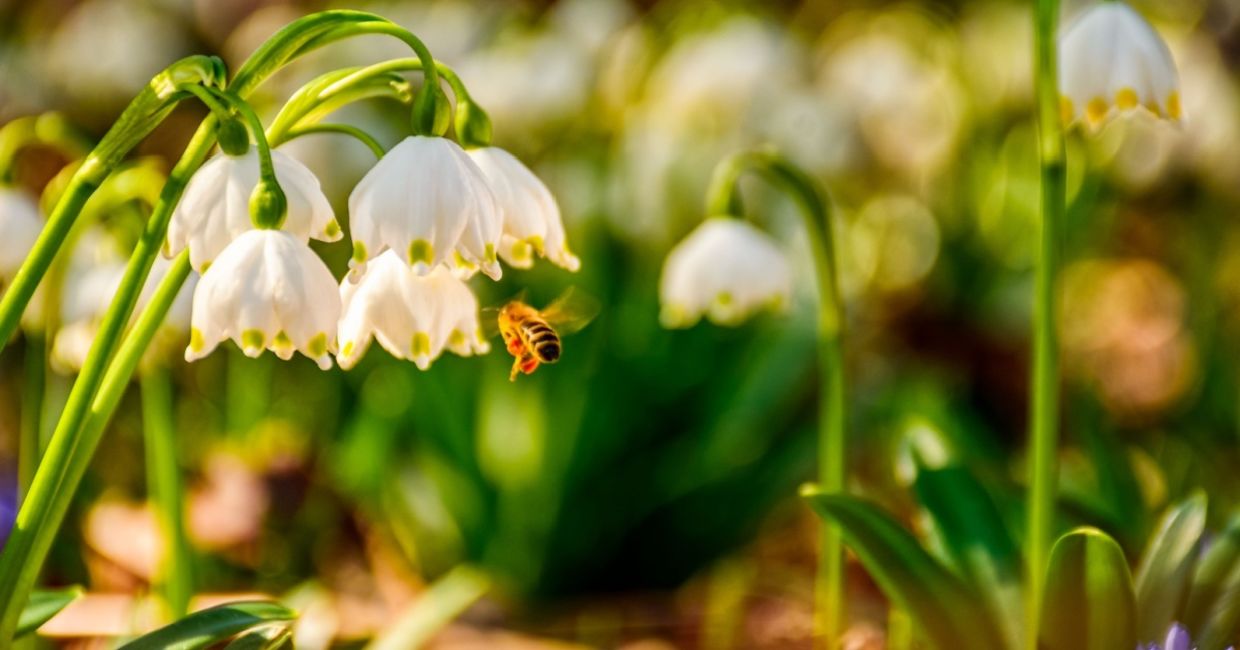
(Mike Pellinni / Shutterstock.com)
Spring is finally here and that means that flowers are shooting up from the ground and will soon be blooming. This is the best time of the year to attract pollinators into your yard.
Pollinators hibernate during the cold weather months and these bees, butterflies, birds, and other critters wake up very hungry in the spring, according to the plant company Monrovia. So, whether you have a large flower garden or just a few pots, you can still help to feed the pollinators that carry the pollen for plants to produce fruits, seeds, and young plants.
Planting early perennials that flower in the spring is the easiest way for people with home gardens to support pollinators. You will have a yard with beautiful blooms that are hardy and easy to care for as a bonus with these seven Spring flowers:
Crocuses
The beautiful crocus is one of the earliest flowers to grow as soon as the weather gets warmer, according to Gardeners World. These flowers bloom so early that bees emerging from hibernation will frequently sleep in the flowers before they find a site to build a nest. This flower attracts bumblebees, honeybees, and solitary bees.
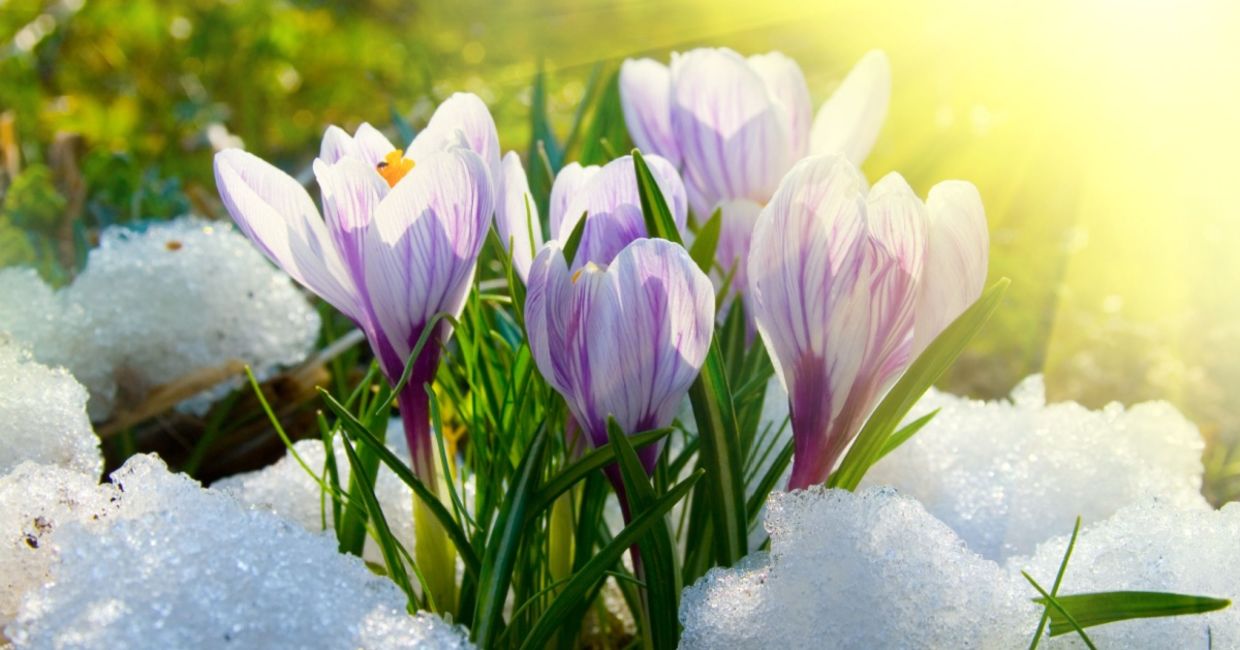
(Elena Blokhina / Shutterstock.com)
Primroses
This woodland perennial is low-growing so you should plant them around the edges of your flower patch. The best part about primroses is that they bloom from March until May. These flowers attract carpenter bees, moths, butterflies, bee flies, and other long-tongued insects.
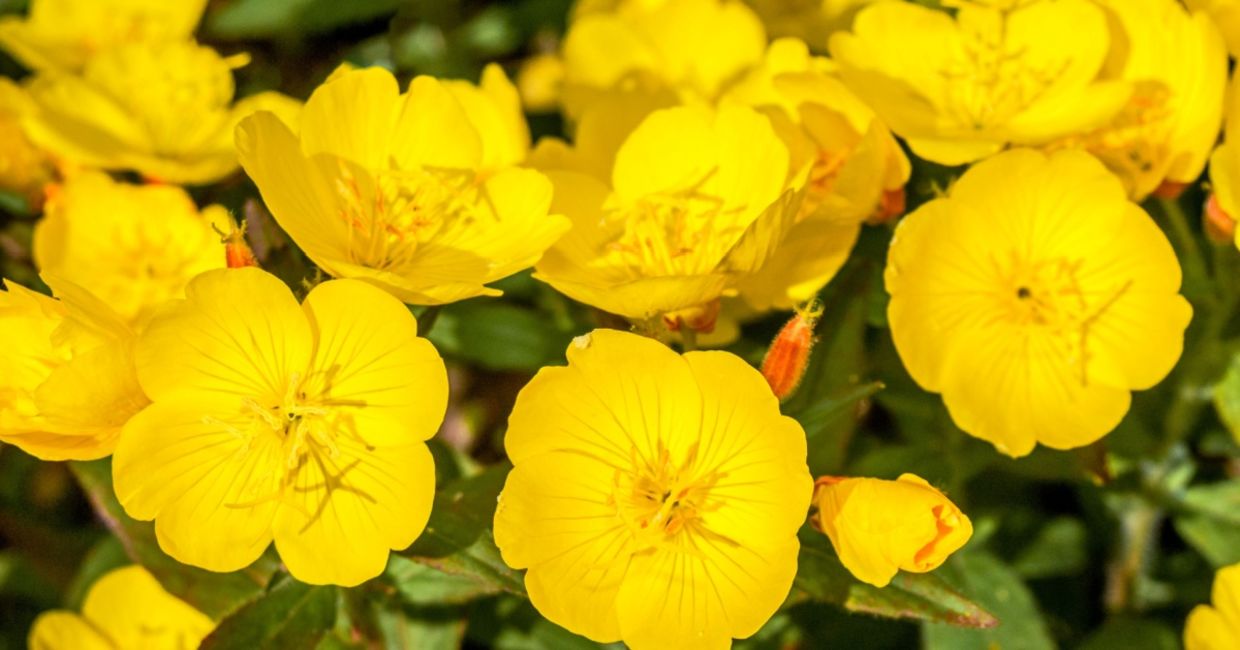
(Nick Pecker / Shutterstock.com)
Bugles
This beautiful ground cover has early purple blooms and is the perfect food source for honeybees, according to Monrovia. That’s because honeybees cannot pollinate if there are winds that are over 25 mph, so feeding from a low-growing plant keeps them out of the wind. This flower attracts both honeybees and native bees.
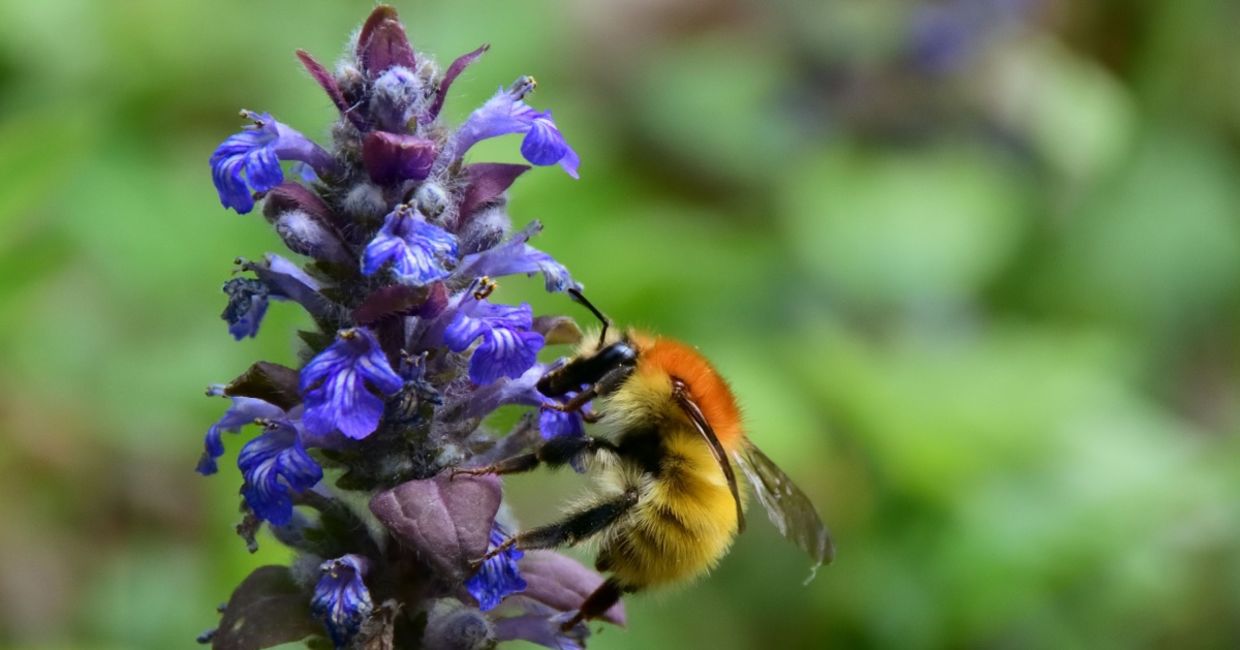
(Jordi Jornet / Shutterstock.com)
Peonies
The sweet scent of peonies is very attractive to pollinators. Peonies bloom in early spring and are full of nectar. With the flowers’ open petals and large clusters of stamens, this is an easy flower for bees, hummingbirds, and moths to pick.
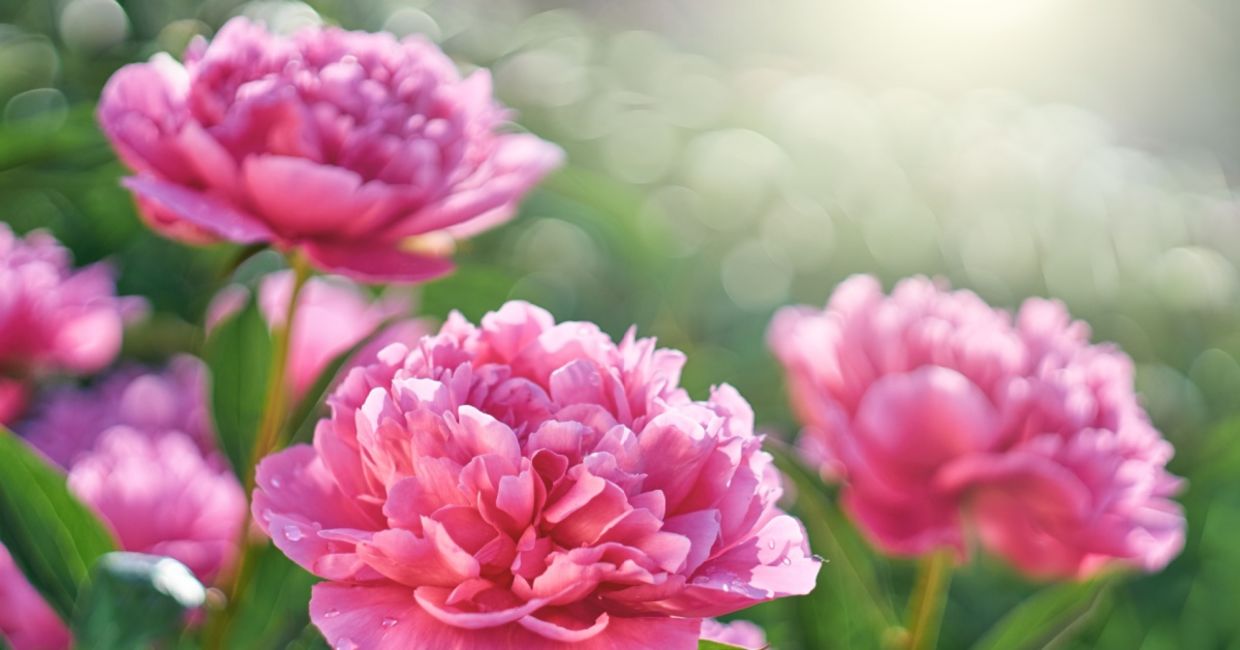
(Serhii Brovko / Shutterstock.com)
Lilac
Lilac shrubs are easy to grow and beautify any garden. But the best part is that these hardy bushes bloom twice a year, early in the spring to the delight of pollinators, and again in the fall. Honeybees, leafcutter bees, hummingbirds, and butterflies are attracted to lilac flowers.
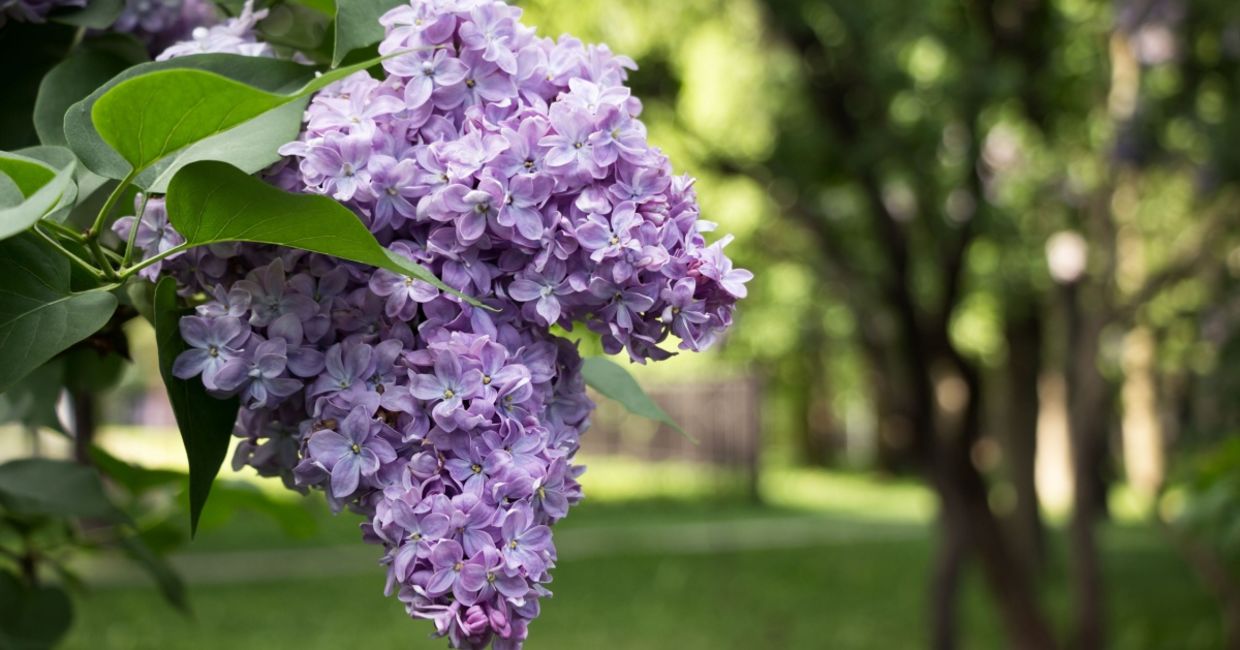
(fotolotos / Shutterstock.com)
Bleeding Hearts
This spring flower loves shade so you can plant them around trees and bushes. These aptly named flowers have pollen-rich flowers that look like they are dripping from the stem. The golden-brown foliage of this plant can beautify any garden. Bleeding heart flowers attract native bees and honeybees.
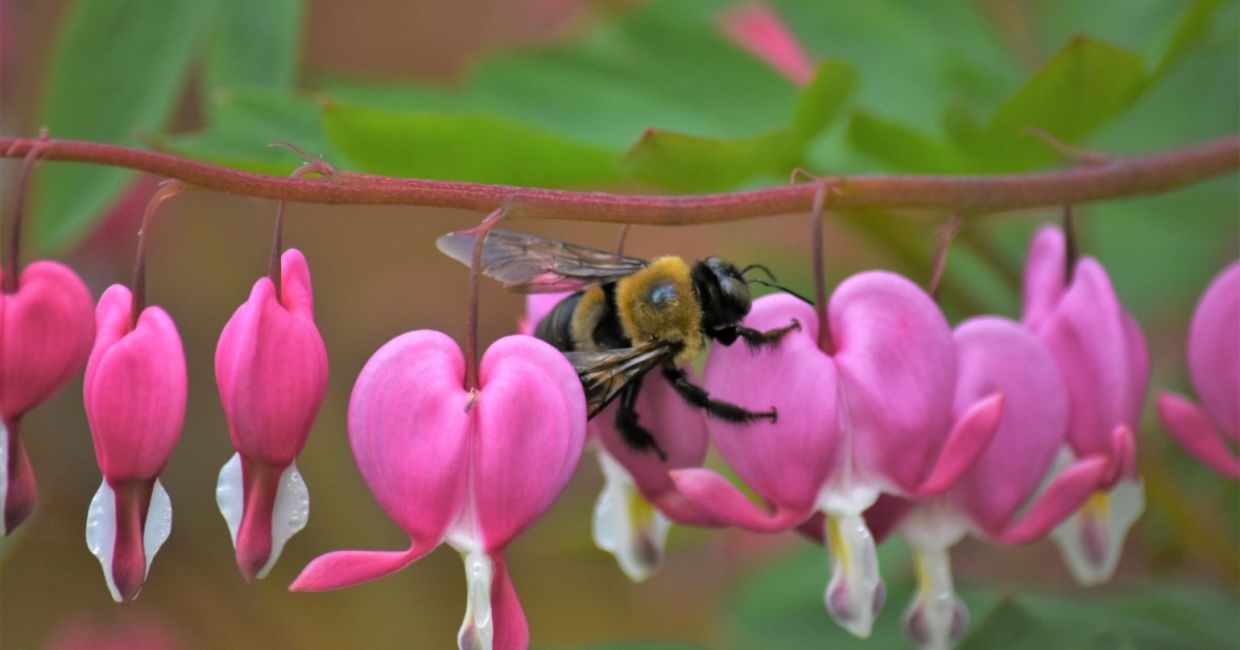
(erick durick/ Shutterstock.com)
Wallflowers
These beautiful flowers are in bloom from February to late summer, according to Gardener’s World, and are one of the best pollinator plants you can have in your backyard. Wallflowers provide a long nectar season for moths, hover flies, butterflies, honeybees, and bumblebees.
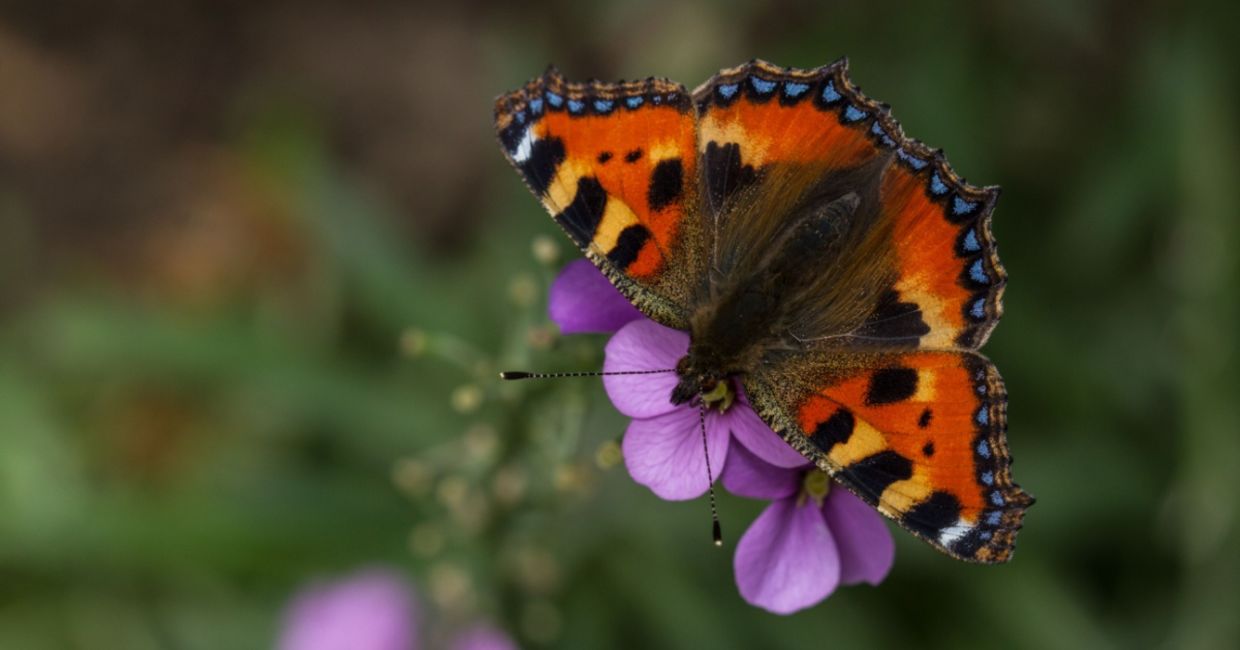
(thatmacroguy / Shutterstock.com)







